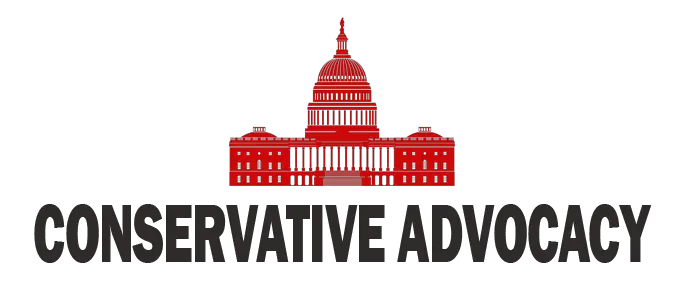In the bustling city of Chicago, a serious conversation is brewing around the rising crime rates and the question of who is to blame. Recent reports indicate that since the holiday weekend, there have been nine more shootings, adding to the troubling tally of 50 people shot and eight killed during the same weekend. Mayor Johnson attributes Chicago’s violence not to a failure of local governance but rather to an alleged influx of guns from “red states.” Meanwhile, Illinois Governor Pritzker has declared his intent to resist President Trump’s call to send in the National Guard to help restore order in the city.
As crime continues to escalate, opinions among residents are sharply divided. Some citizens express a desire for the National Guard to step in, believing that their presence could help bring a measure of safety back to the streets. Others argue that the police force should be the first line of defense against crime, asserting that simply deploying National Guardsmen would be a temporary fix. This debate highlights the complexities surrounding crime management and the differing perspectives on the roots of Chicago’s issues.
Interestingly, while Chicago leaders emphasize their unique challenges, broader discussions among policymakers suggest a disconnect in addressing the causes of violence. Critics, including political figures like House Majority Whip Tom Emmer, point out that blaming other states for local issues offers little in terms of viable solutions. Instead, they argue that it is Illinois’ leadership under Pritzker that is failing to get a handle on crime, with some anecdotal comparisons being made to other cities suffering similar issues.
The situation in Minneapolis mirrors that of Chicago, where rising crime rates have been a persistent concern. Observers note that in both cities, leadership responses have fallen short, leading to frustrations among residents who feel unsupported. Emmer’s remarks emphasize the need for accountability from state leaders and the effectiveness of law enforcement in curbing crime rates. He proposes that collaboration with the federal government could contribute to solutions, contrasting the differing approaches taken by the leadership in these cities.
Moreover, the challenges faced by cities like Chicago and Minneapolis spark discussions about the potential for future cooperation and problem-solving at both state and federal levels. Many believe that President Trump’s commitment to law and order may provide a framework for addressing urgent issues with more focused management strategies. It remains to be seen whether local leaders will embrace such partnerships, or if continued political posturing will prevent meaningful progress.
As the headlines continue to cover the violence and the responses from city officials, one thing becomes clear: change is needed. With residents yearning for safety and security, the hope is that leaders from all parties will step up, put aside political divides, and genuinely address the crises faced by their communities. The stakes are high, and the lives of countless individuals hang in the balance as cities struggle to find effective solutions.




